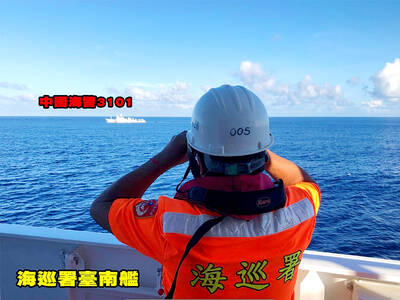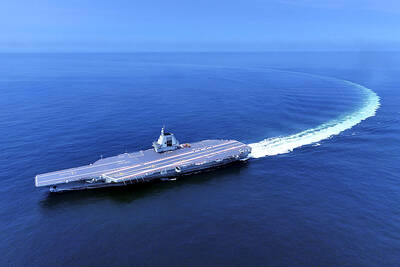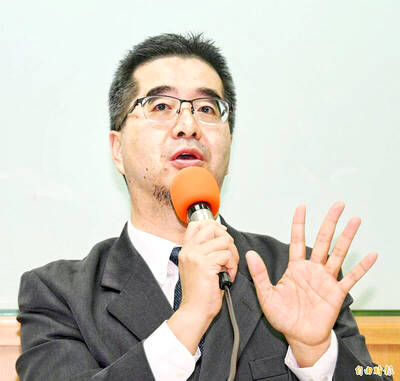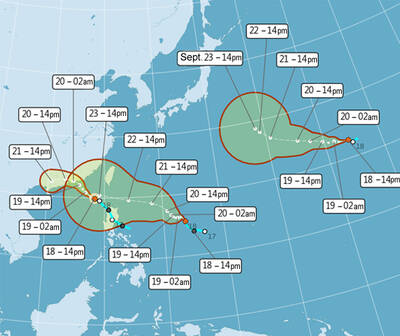President Ma Ying-jeou’s (馬英九) recent sense of urgency about joining the Trans-Pacific Partnership (TPP) and his deliberate linking of the TPP and the completion of the cross-strait service trade agreement had a political agenda behind them and Ma has completely “missed the point” of Taiwan’s pursuit of joining regional economic integration, the Democratic Progressive Party (DPP) said yesterday.
After saying two-and-a-half years ago that Taiwan would try to join the TPP in eight years, Ma has suddenly changed his tune on the issue, saying on Jan. 1 that Taiwan should join the agreement “as soon as possible” and organized a series of seminars for Taiwanese diplomats this week on the topic.
Meanwhile, Ma has demanded that the legislative caucus of the Chinese Nationalist Party (KMT) quickly pass the service trade agreement between Taiwan and China, so that other countries will be convinced that Taiwan would be a responsible signatory for every trade pact it signs.
Ma’s position has precisely echoed Beijing’s perspective, as Chinese officials said Taiwan must complete follow-up agreements under the Economic Cooperation Framework Agreement before it supports Taiwan joining the TPP and the Regional Comprehensive Economic Partnership at the first cross-strait governmental meeting in 65 years in Nanjing last week, DPP Policy Research Committee executive director Joseph Wu (吳釗燮) told a press conference.
“It appeared that Ma was trying to make the opposition parties the scapegoat for stalled screening of the agreement in the legislature and the slow progress of the TPP negotiations,” Wu said.
By raising the TPP issue, Ma “was actually trying to push through the controversial service trade agreement to pave the way for a potential meeting between him and Chinese President Xi Jinping (習近平),” Wu added.
The public and the DPP were concerned about the service trade pact because the negotiation had been opaque and there had been little consultation before it was signed, Wu said, adding that even KMT lawmakers were worried about the negotiation process and that was why a resolution demanding legislative screening was reached.
In terms of the TPP, Taiwan’s real obstacles are self-imposed, DPP Department of International Affairs director Liu Shih-chung (劉世忠) said, because the more important tasks involve deregulation, market opening and industrial upgrade and adjustment.
As bilateral negotiation with the 12 current TPP members would be required once Taiwan enters the second round of TPP talks, the Ma administration is advised to establish an inter-agency task force to comprehensively study each TPP member rather than holding meaningless diplomat seminars, Liu said.

The Coast Guard Administration (CGA) yesterday said it had deployed patrol vessels to expel a China Coast Guard ship and a Chinese fishing boat near Pratas Island (Dongsha Island, 東沙群島) in the South China Sea. The China Coast Guard vessel was 28 nautical miles (52km) northeast of Pratas at 6:15am on Thursday, approaching the island’s restricted waters, which extend 24 nautical miles from its shoreline, the CGA’s Dongsha-Nansha Branch said in a statement. The Tainan, a 2,000-tonne cutter, was deployed by the CGA to shadow the Chinese ship, which left the area at 2:39pm on Friday, the statement said. At 6:31pm on Friday,

The Chinese People’s Liberation Army Navy’s (PLAN) third aircraft carrier, the Fujian, would pose a steep challenge to Taiwan’s ability to defend itself against a full-scale invasion, a defense expert said yesterday. Institute of National Defense and Security Research analyst Chieh Chung (揭仲) made the comment hours after the PLAN confirmed the carrier recently passed through the Taiwan Strait to conduct “scientific research tests and training missions” in the South China Sea. China has two carriers in operation — the Liaoning and the Shandong — with the Fujian undergoing sea trials. Although the PLAN needs time to train the Fujian’s air wing and

The American Institute in Taiwan (AIT) put Taiwan in danger, Ma Ying-jeou Foundation director Hsiao Hsu-tsen (蕭旭岑) said yesterday, hours after the de facto US embassy said that Beijing had misinterpreted World War II-era documents to isolate Taiwan. The AIT’s comments harmed the Republic of China’s (ROC) national interests and contradicted a part of the “six assurances” stipulating that the US would not change its official position on Taiwan’s sovereignty, Hsiao said. The “six assurances,” which were given by then-US president Ronald Reagan to Taiwan in 1982, say that Washington would not set a date for ending arm sales to Taiwan, consult

PEAK MONTHS: Data showed that on average 25 to 27 typhoons formed in the Pacific and South China seas annually, with about four forming per month in July and October One of three tropical depressions in the Pacific strengthened into a typhoon yesterday afternoon, while two others are expected to become typhoons by today, Central Weather Administration (CWA) forecaster Lee Ming-hsiang (李名翔) said yesterday. The outer circulation of Tropical Depression No. 20, now Typhoon Mitag, has brought light rain to Hualien, Taitung and areas in the south, Lee said, adding that as of 2pm yesterday, Mitag was moving west-northwest at 16kph, but is not expected to directly affect Taiwan. It was possible that Tropical Depression No. 21 would become a typhoon as soon as last night, he said. It was moving in a